Enterprise Knowledge Architecture: Transforming Information Management with SharePoint and Origami
Navigate the evolving landscape of enterprise knowledge systems
I've seen firsthand how organizations struggle to transform their vast information repositories into accessible, actionable knowledge. In this guide, I'll walk you through how combining SharePoint's robust foundation with Origami's enhanced capabilities creates powerful enterprise knowledge bases that truly deliver value.
The Modern Enterprise Knowledge Challenge
I've observed that organizations have evolved dramatically in how they manage information. What started as simple document storage has transformed into the need for sophisticated, integrated knowledge systems that connect people with information in meaningful ways.
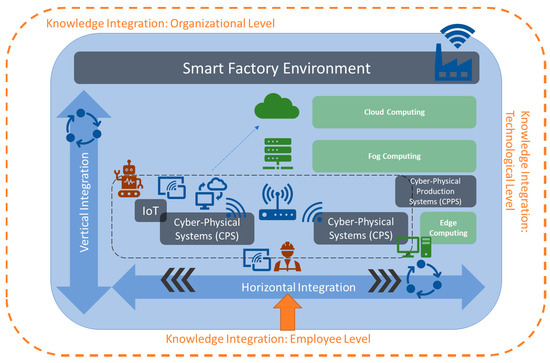
The evolution from siloed document storage to integrated knowledge architecture
Key Pain Points in Enterprise Knowledge Management
In my experience working with various enterprises, I've consistently seen several challenges that plague knowledge management efforts:
- Information silos and fragmented content - Knowledge trapped in departmental repositories with no cross-pollination
- Difficulty finding relevant information quickly - Employees spend 20% of their time searching for information
- Inconsistent user experiences across platforms - Different interfaces for different knowledge sources
- Scaling challenges as organizations grow - Systems that work for small teams break at enterprise scale
Traditional SharePoint implementations often fall short because they're treated primarily as document repositories rather than true knowledge systems. Organizations deploy SharePoint "out of the box" without customizing it to match their specific knowledge workflows.
This is why I've seen a growing need for visual, intuitive knowledge architecture that transforms raw information into accessible, actionable insights. Modern enterprises need digital organization systems that support how people actually work and think.
Origami: Elevating the SharePoint Knowledge Experience
In my work with enterprise knowledge bases, I've found that Origami provides critical enhancements that transform SharePoint from a basic document repository into a true knowledge system. Let me share what makes this combination so powerful.
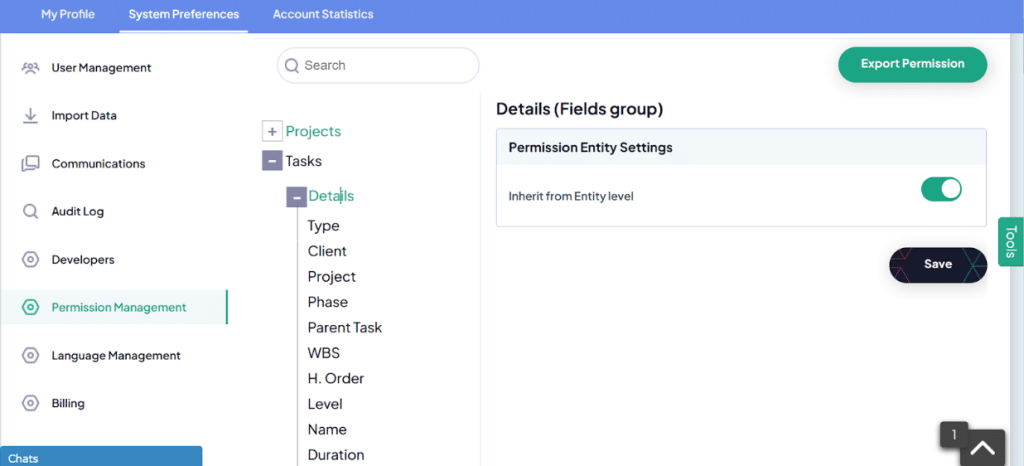
Origami's sidebar navigation transforms the SharePoint knowledge base experience
Key Origami Features
flowchart TD
Origami[Origami Enhancement Layer] --> Navigation[Enhanced Sidebar Navigation]
Origami --> Search[Improved Search Capabilities]
Origami --> Wiki[Wiki-Style Page Navigation]
Origami --> Design[Custom Design Flexibility]
Navigation --> Persistent[Persistent Across Pages]
Navigation --> Hierarchical[Hierarchical Structure]
Navigation --> Contextual[Contextual Awareness]
Search --> Direct[Direct from Sidebar]
Search --> Advanced[Advanced Filtering]
Search --> Relevance[Improved Relevance]
Wiki --> Linking[Automatic Cross-Linking]
Wiki --> Related[Related Content]
Wiki --> Breadcrumbs[Intelligent Breadcrumbs]
Design --> Clean[Clean User Interface]
Design --> Branding[Custom Branding]
Design --> Responsive[Responsive Design]
style Origami fill:#FF8000,stroke:#333,stroke-width:2px
Based on my research and implementation experience, here's how Origami specifically addresses SharePoint's traditional limitations:
| SharePoint Limitation | Origami Solution | User Benefit |
|---|---|---|
| Complex navigation | Persistent sidebar with intuitive hierarchy | Faster content discovery, reduced clicks |
| Limited search capabilities | Enhanced search with direct sidebar access | More relevant results, quicker information access |
| Rigid page structures | Wiki-style page navigation | Intuitive content exploration, contextual discovery |
| Outdated interface design | Modern, customizable UI | Improved user engagement, reduced training needs |
Real-World Example
I recently worked with a financial services firm that transformed their SharePoint knowledge base using Origami. The results were striking:
The combination of SharePoint's robust foundation with Origami's enhanced user experience creates a knowledge base that's both powerful and accessible. This approach aligns perfectly with the principles of knowledge graph for beginners, where information relationships become intuitive and discoverable.
Architecting the Ideal Knowledge Structure
In my experience designing enterprise knowledge bases, I've found that the underlying information architecture is just as important as the technology platform. Let me share my approach to creating knowledge structures that scale.
Planning Your Knowledge Taxonomy
flowchart TD
KB[Knowledge Base Root] --> Dept1[Department A]
KB --> Dept2[Department B]
KB --> Proc[Processes]
KB --> Policies[Policies]
Dept1 --> D1Proc[Team Processes]
Dept1 --> D1Docs[Documentation]
Dept1 --> D1Res[Resources]
Dept2 --> D2Proc[Team Processes]
Dept2 --> D2Docs[Documentation]
Dept2 --> D2Res[Resources]
Proc --> ProcA[Process Group A]
Proc --> ProcB[Process Group B]
Policies --> PolA[Policy Category A]
Policies --> PolB[Policy Category B]
ProcA --> ProcA1[Process A1]
ProcA --> ProcA2[Process A2]
style KB fill:#FF8000,stroke:#333,stroke-width:2px
When architecting a knowledge structure, I consider several key strategies:
Content Categorization
Group content by function, department, process, or audience to create intuitive access paths
Metadata Frameworks
Develop consistent, scalable metadata schemas that enhance findability and relationships
Navigation Hierarchies
Create user-centric navigation paths that reflect how users think about information
Content Templates
Standardize formats for different knowledge types to ensure consistency and completeness
Balancing Depth vs. Breadth
One of the most challenging aspects of knowledge architecture is finding the right balance between depth and breadth in your organization. I've found that following the "three-click rule" is a good starting point—users should be able to find most information within three clicks.
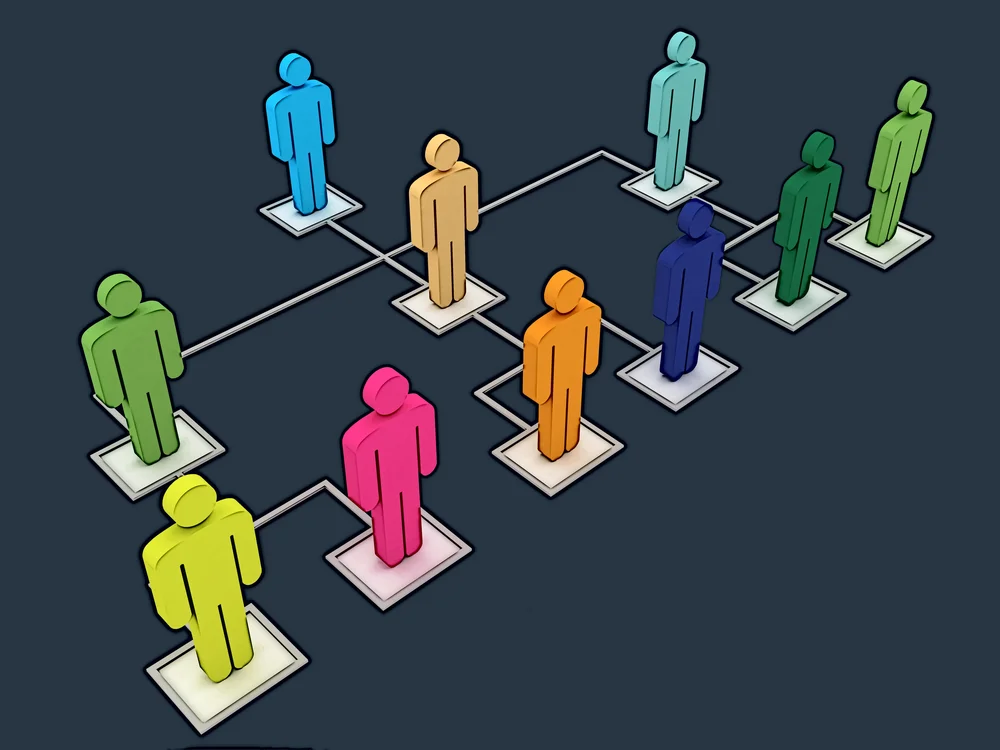
Balancing depth vs. breadth in knowledge architecture
Visualizing Complex Knowledge Relationships
For complex knowledge domains, traditional hierarchical structures often fall short. This is where I turn to knowledge graph visualization to represent multidimensional relationships.
Using PageOn.ai's AI Blocks, I can create interactive visualizations that show how different knowledge components relate to each other. This is particularly valuable for:
- Cross-functional processes that span multiple departments
- Regulatory frameworks with interconnected policies and procedures
- Product knowledge bases with complex feature relationships
- Research repositories where concepts build upon one another
These visualizations help users understand not just where information is located, but how it connects to other relevant knowledge. This approach aligns with modern methods to build a knowledge graph that reveals hidden connections between information assets.
Search and Discovery: The Knowledge Access Layer
In my years of implementing enterprise knowledge bases, I've learned that even the most perfectly organized information is useless if users can't find it. Let me share my approach to creating effective search and discovery experiences.
Building an Effective Enterprise Search Strategy
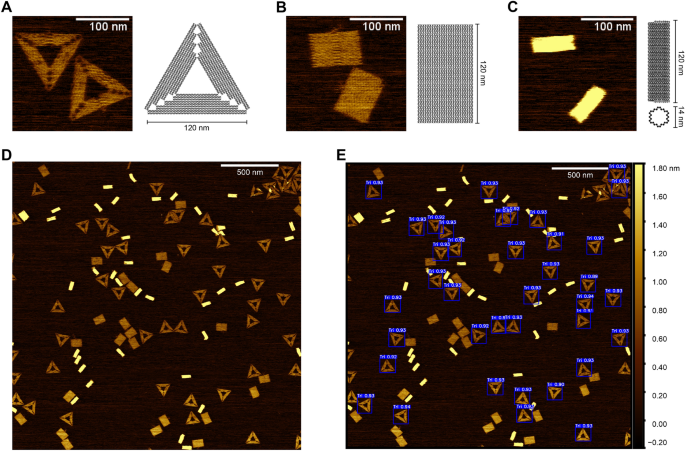
Origami's enhanced search capabilities with custom refiners and result types
When implementing Origami's advanced search capabilities on top of SharePoint, I focus on several key enhancements:
Custom Search Verticals
Create dedicated search experiences for different content types (policies, procedures, forms)
Search Refiners
Implement filters based on metadata to help users narrow results quickly
Result Types
Display different content types with appropriate templates and previews
Designing Intuitive Sidebar Navigation
flowchart TD
Sidebar[Origami Sidebar] --> Search[Search Box]
Sidebar --> Main[Main Categories]
Sidebar --> Quick[Quick Links]
Sidebar --> Recent[Recently Viewed]
Search --> Instant[Instant Results]
Search --> Suggestions[Search Suggestions]
Main --> Cat1[Category 1]
Main --> Cat2[Category 2]
Main --> Cat3[Category 3]
Cat1 --> Sub1[Subcategory 1.1]
Cat1 --> Sub2[Subcategory 1.2]
Quick --> Link1[Popular Link 1]
Quick --> Link2[Popular Link 2]
style Sidebar fill:#FF8000,stroke:#333,stroke-width:2px
Based on my experience with successful implementations, an effective Origami sidebar navigation includes:
- Search Bar - Direct search access from any page in the knowledge base
- Hierarchical Navigation - Clear category structure with expandable sections
- Quick Links - Shortcuts to frequently accessed content
- Recently Viewed - Personalized list of recently accessed documents
- Visual Indicators - Clear visual cues for current location and available content
Integrating Deep Search Capabilities
To take knowledge discovery to the next level, I've found that integrating PageOn.ai's Deep Search capabilities provides significant advantages. This allows users to:
- Find relevant content based on conceptual understanding, not just keywords
- Discover related assets that might not share obvious textual similarities
- Access visual content through intelligent image recognition and tagging
- Receive personalized search results based on role and previous interactions
This advanced search approach is particularly valuable for organizations looking to build knowledge graph RAG systems that combine traditional search with AI-powered retrieval augmented generation for more intelligent knowledge access.
User Experience Design for Knowledge Engagement
In my experience, the visual design and user experience of a knowledge base dramatically impact adoption and engagement. Let me share the principles I follow when designing knowledge interfaces.
Creating Visually Compelling Knowledge Interfaces
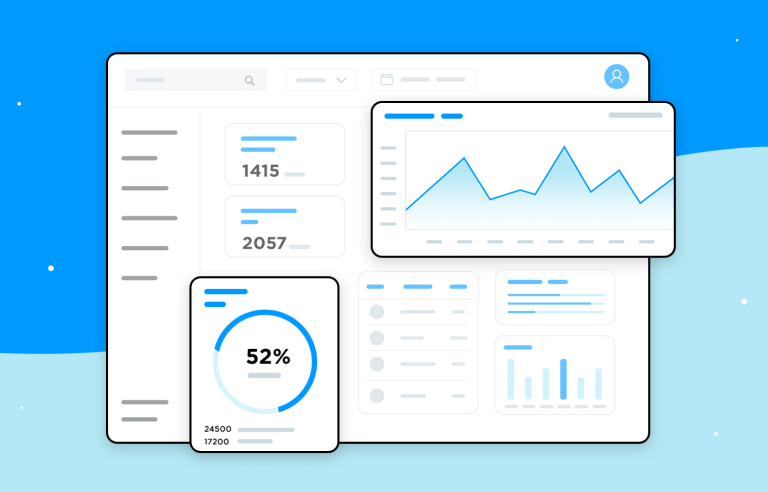
A well-designed knowledge base interface with clear visual hierarchy
When designing knowledge interfaces, I focus on these core principles:
Clean Design
Minimize visual clutter to help users focus on content and navigation
Visual Hierarchy
Use size, color, and spacing to guide users to the most important elements first
Consistent Branding
Apply organizational design language for a familiar, professional experience
Intuitive Navigation
Create clear pathways with logical grouping and progressive disclosure
Designing for Different Knowledge Consumption Patterns
I've observed that different user groups interact with knowledge bases in distinct ways. Effective design accommodates these varied consumption patterns:
- Quick Reference vs. Deep Learning - Some users need quick answers while others need comprehensive understanding
- Mobile vs. Desktop Experiences - Mobile users typically need more condensed, action-oriented information
- Novice vs. Expert Users - Different levels of detail and guidance based on expertise
- Task-Based vs. Exploratory Access - Some users have specific goals while others are browsing to learn
Visualizing Complex Knowledge Concepts
One of the most powerful ways I've found to improve knowledge engagement is through visual representations of complex concepts. PageOn.ai's visualization capabilities are particularly valuable for transforming abstract or complex knowledge into clear visual expressions.
For example, when documenting complex workflows or system architectures, I use PageOn.ai to create interactive diagrams that help users understand relationships and processes at a glance. This visual approach is especially effective for:
- Process flows with multiple decision points and stakeholders
- System architectures with various components and integrations
- Organizational structures and responsibility matrices
- Conceptual frameworks and theoretical models
By combining SharePoint's content management capabilities, Origami's enhanced navigation, and PageOn.ai's visualization tools, I've been able to create knowledge bases that not only store information but make it truly accessible and engaging for all users.
Implementation Roadmap and Best Practices
Based on my experience implementing enterprise knowledge bases, I've developed a phased approach that maximizes success and minimizes disruption. Let me share my implementation roadmap and governance best practices.
Phased Implementation Approach
flowchart LR
P1[Phase 1: Foundation] --> P2[Phase 2: Pilot]
P2 --> P3[Phase 3: Expansion]
P3 --> P4[Phase 4: Optimization]
P1 --> P1A[Architecture Design]
P1 --> P1B[Taxonomy Development]
P1 --> P1C[Platform Setup]
P2 --> P2A[Department Pilot]
P2 --> P2B[Content Migration]
P2 --> P2C[User Testing]
P3 --> P3A[Full Rollout]
P3 --> P3B[Training Program]
P3 --> P3C[Feedback Loops]
P4 --> P4A[Analytics Review]
P4 --> P4B[Refinement]
P4 --> P4C[Advanced Features]
style P1 fill:#FF8000,stroke:#333,stroke-width:2px
style P2 fill:#FF9933,stroke:#333,stroke-width:2px
style P3 fill:#FFB366,stroke:#333,stroke-width:2px
style P4 fill:#FFCC99,stroke:#333,stroke-width:2px
My implementation approach breaks down into these key phases:
Phase 1: Foundation
- Knowledge architecture design
- Taxonomy and metadata framework
- SharePoint and Origami setup
Phase 2: Pilot
- Single department implementation
- Initial content migration
- User testing and feedback
Phase 3: Expansion
- Organization-wide rollout
- Comprehensive training program
- Feedback collection mechanisms
Phase 4: Optimization
- Usage analytics review
- Refinement of structure and content
- Advanced feature implementation
Governance Models for Sustainable Knowledge Management
In my experience, even the best-designed knowledge base will fail without proper governance. I recommend implementing these governance components:
Knowledge governance model with clear roles and responsibilities
- Content Ownership and Maintenance - Clearly defined roles for content creation, review, and retirement
- Quality Control Processes - Standards and review workflows to ensure accuracy and consistency
- User Contribution Frameworks - Guidelines and processes for user-generated content
- Metadata Governance - Standards for tagging and categorizing content
- Access Control - Policies for who can view, edit, and manage different content types
Measuring Knowledge Base Effectiveness
I always recommend establishing clear metrics to measure knowledge base effectiveness:
- User Adoption Metrics - Active users, page views, return visits
- Search Effectiveness - Search success rate, abandoned searches, search refinements
- Content Relevance - Content freshness, usage patterns, feedback ratings
- Efficiency Gains - Time saved, reduced support tickets, faster onboarding
Regular review of these metrics helps identify areas for improvement and demonstrates the value of your knowledge management investment.
Future-Proofing Enterprise Knowledge Systems
As I look at the evolving landscape of enterprise knowledge management, I see several key trends and technologies that will shape the future. Here's how I recommend preparing your knowledge architecture for what's next.
Integrating AI and Machine Learning
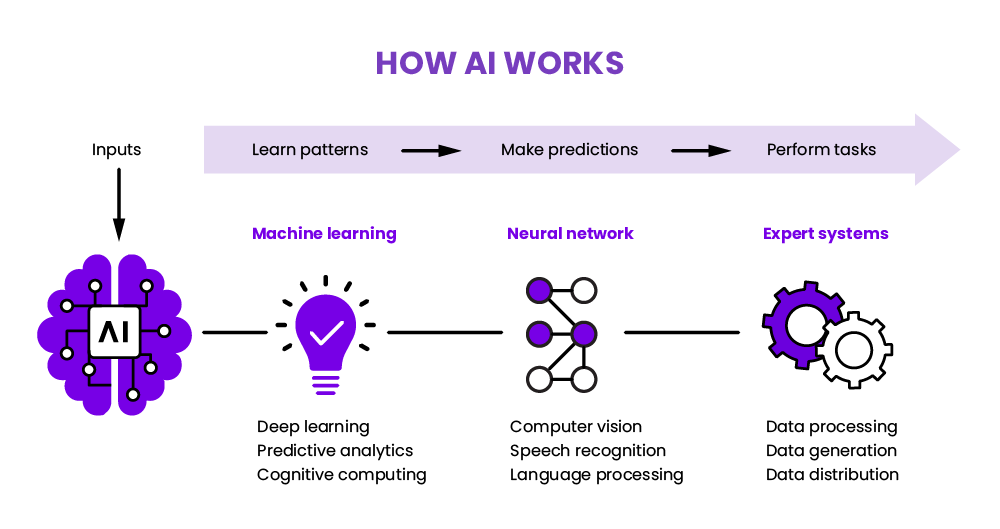
AI-enhanced knowledge systems with automated classification and recommendations
The most significant evolution I see in enterprise knowledge management is the integration of AI capabilities:
Automated Content Classification
AI systems that automatically categorize and tag content based on semantic understanding
Intelligent Content Recommendations
Personalized content suggestions based on user role, history, and current context
Natural Language Processing
Advanced search capabilities that understand questions in natural language
Automated Knowledge Synthesis
AI-generated summaries and insights from across the knowledge base
PageOn.ai's Agentic capabilities are particularly exciting in this space, allowing knowledge workers to express their information needs conversationally and receive visual representations that transform complex concepts into clear, actionable insights.
Connecting Knowledge to the Digital Workplace
flowchart TD
KB[Knowledge Base] --> Teams[Microsoft Teams]
KB --> Flow[Power Automate]
KB --> Apps[Power Apps]
KB --> Analytics[Power BI]
KB --> External[External Systems]
Teams --> Collaboration[Team Collaboration]
Teams --> Bots[Conversational Bots]
Flow --> Approvals[Approval Workflows]
Flow --> Notifications[Intelligent Alerts]
Apps --> Forms[Knowledge Capture]
Apps --> Mobile[Mobile Access]
Analytics --> Insights[Knowledge Insights]
Analytics --> Usage[Usage Patterns]
External --> CRM[CRM Systems]
External --> ERP[ERP Systems]
style KB fill:#FF8000,stroke:#333,stroke-width:2px
The future of enterprise knowledge isn't as an isolated system but as an integrated component of the digital workplace. I recommend focusing on:
- Contextual Knowledge Delivery - Bringing knowledge directly into workflow applications
- Conversational Interfaces - Accessing knowledge through chat and voice interfaces
- Cross-Platform Experience - Consistent knowledge access across devices and applications
- Workflow Integration - Embedding knowledge directly into business processes
Creating a Continuous Improvement Cycle
To truly future-proof your knowledge architecture, I recommend establishing a continuous improvement cycle:
flowchart LR
Measure[Measure] --> Analyze[Analyze]
Analyze --> Plan[Plan]
Plan --> Implement[Implement]
Implement --> Measure
Measure --> Usage[Usage Analytics]
Measure --> Feedback[User Feedback]
Measure --> Search[Search Patterns]
Analyze --> Gaps[Identify Gaps]
Analyze --> Trends[Spot Trends]
Analyze --> ROI[Calculate ROI]
Plan --> Content[Content Strategy]
Plan --> Features[Feature Roadmap]
Plan --> Training[User Training]
Implement --> Updates[Content Updates]
Implement --> Enhancements[UX Enhancements]
Implement --> Integration[New Integrations]
style Measure fill:#FF8000,stroke:#333,stroke-width:2px
style Analyze fill:#FF9933,stroke:#333,stroke-width:2px
style Plan fill:#FFB366,stroke:#333,stroke-width:2px
style Implement fill:#FFCC99,stroke:#333,stroke-width:2px
This approach ensures your knowledge architecture evolves with your organization's needs and takes advantage of emerging technologies and best practices.
By combining SharePoint's robust foundation, Origami's enhanced user experience, and forward-looking technologies like PageOn.ai's visualization capabilities, you can create an enterprise knowledge architecture that not only meets today's needs but is prepared for tomorrow's challenges.
Transform Your Enterprise Knowledge Architecture with PageOn.ai
Create stunning visual representations of complex knowledge systems that drive understanding and engagement across your organization.
Start Creating with PageOn.ai TodayBuilding Your Knowledge Future
Throughout this guide, I've shared my approach to creating powerful enterprise knowledge architectures by combining SharePoint's robust foundation with Origami's enhanced navigation and user experience capabilities.
The most successful enterprise knowledge bases I've implemented share these characteristics:
- A thoughtfully designed information architecture that reflects how users think
- Intuitive navigation and powerful search capabilities that make finding information effortless
- Clean, visually engaging interfaces that encourage exploration and learning
- Visual representations that transform complex concepts into clear, actionable insights
- Sustainable governance models that ensure content remains relevant and valuable
By leveraging PageOn.ai's visualization capabilities alongside SharePoint and Origami, you can create knowledge systems that don't just store information but truly transform how your organization thinks, learns, and works.
I encourage you to start your knowledge transformation journey today. Begin by assessing your current information architecture, identifying key pain points, and envisioning how a more visual, intuitive knowledge system could transform your organization's effectiveness.
You Might Also Like
Mastering Global Compliance: A Visual Guide to Mystery Box Industry Regulations
Navigate the complex regulatory landscape of the mystery box industry with our comprehensive visual guide covering global frameworks, compliance strategies, and future-proofing business models.
Transforming Collectible Experiences: From Blind Boxes to Theme Parks | Visual Storytelling Guide
Discover how collectible experiences have evolved from mystery blind boxes to immersive theme parks. Learn visual storytelling strategies to create compelling collectible ecosystems and experiences.
K-pop Meets Collectibles: Celebrity Endorsements Revolutionizing Toy Market Trends
Explore how K-pop celebrity endorsements are transforming the collectible toy industry, from BLACKPINK's Lisa catapulting Labubu to a $400 million phenomenon to the future of digital collectibles.
Wildlife Tourism's Half-Billion Dollar Connection to Wolf Conservation | PageOn.ai
Discover how wolf conservation generates over $500 million in tourism revenue, creating sustainable economic benefits for communities while protecting these iconic predators.
